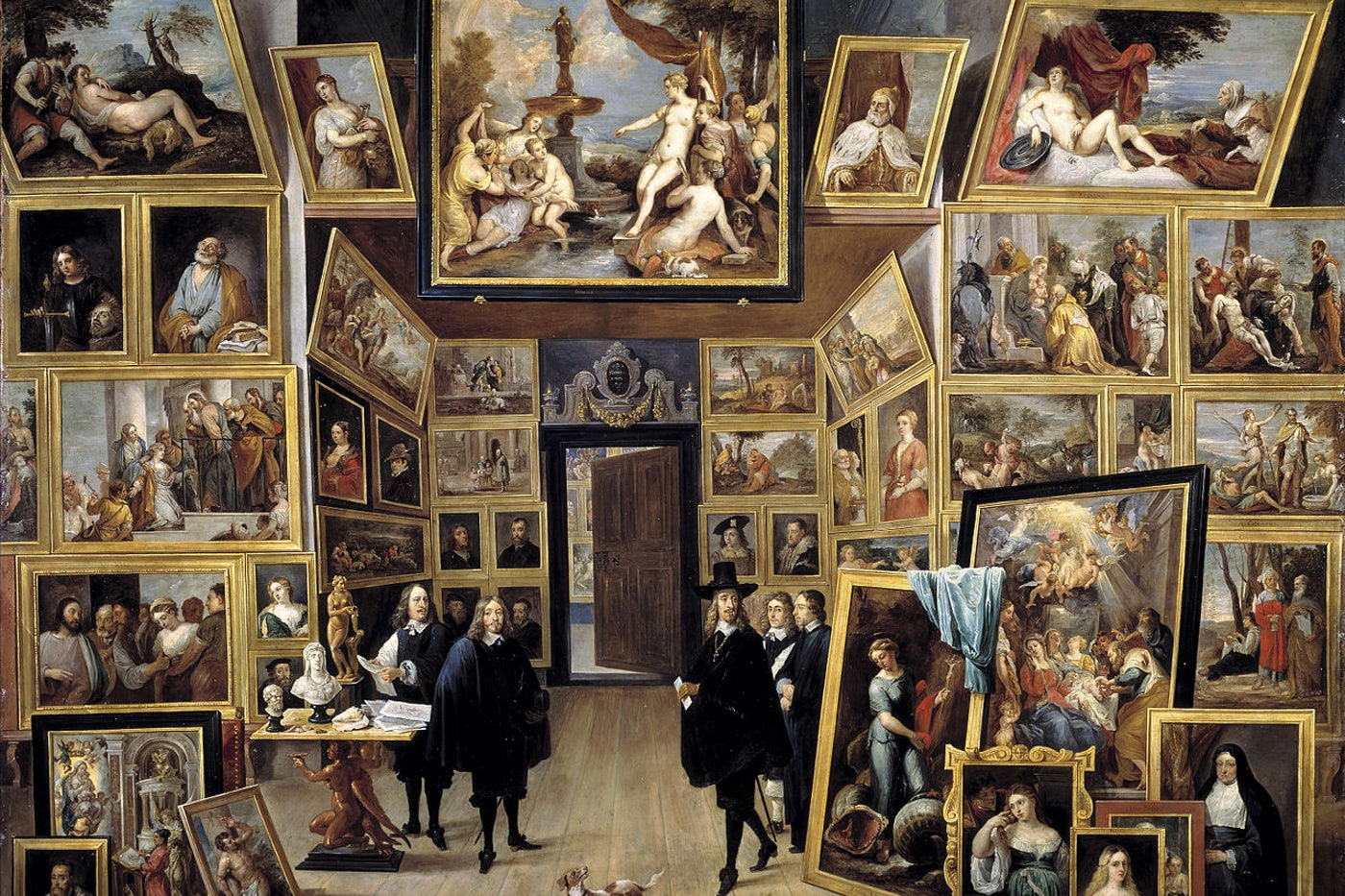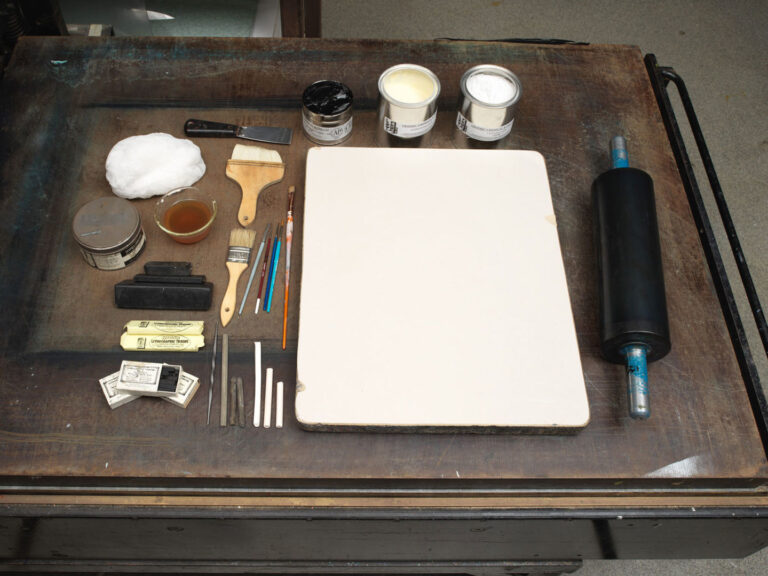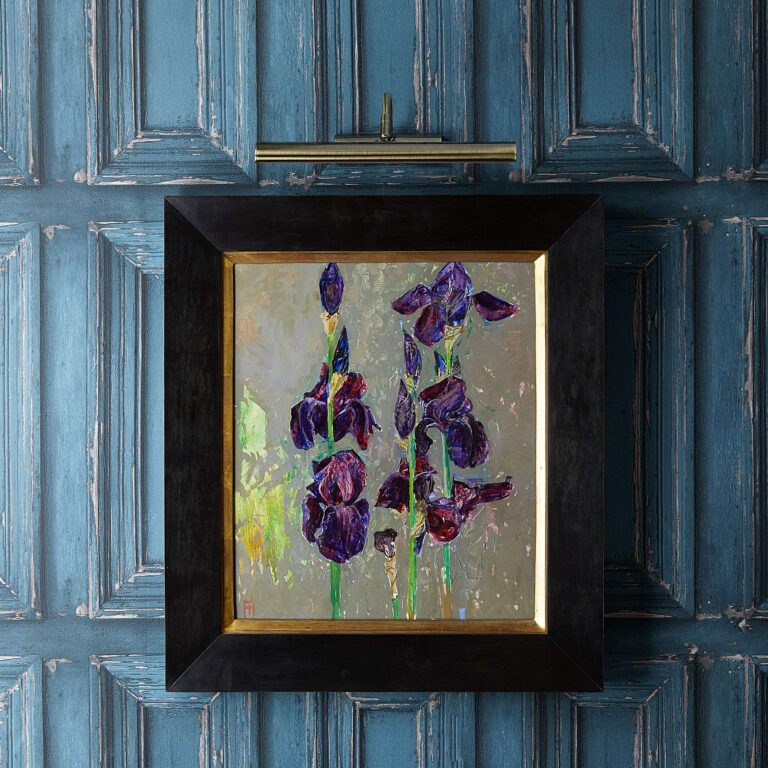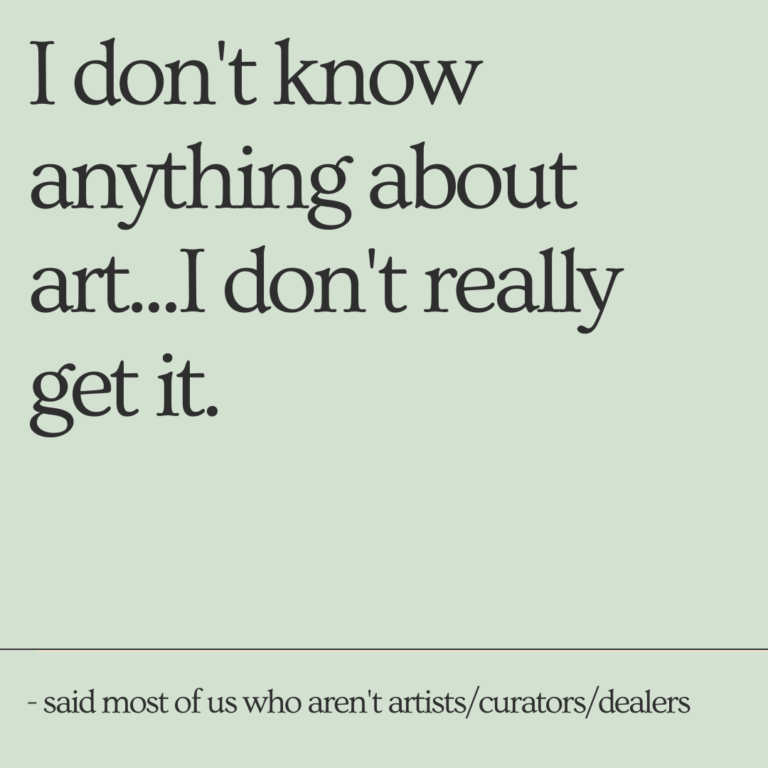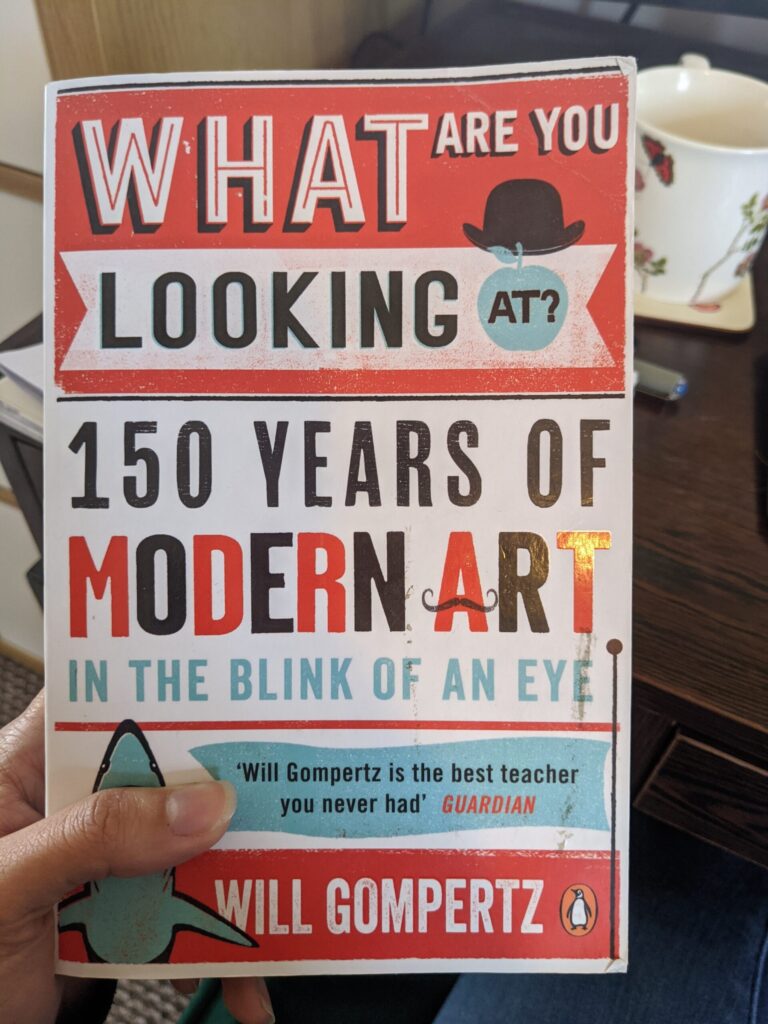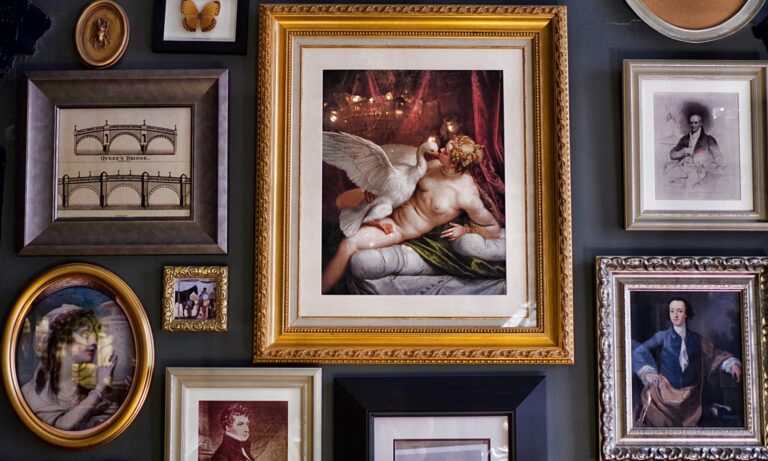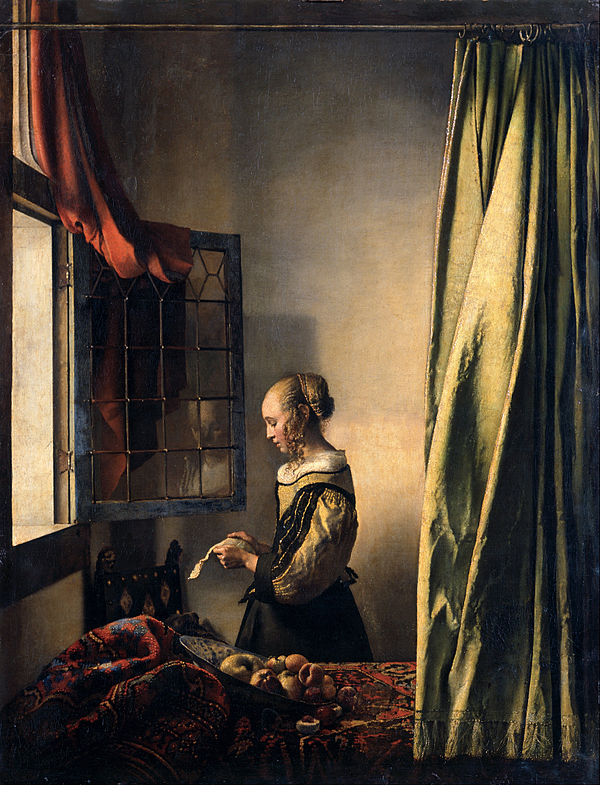How to Connect with Art
It is very normal to feel like the art in museums and galleries have a quality so mysterious and untouchable that you can’t, and shouldn’t interfere with it. But this reluctance to ‘interfere’ or make demands on the art we look at weakens the power of art and and reflects an underlying fear of addressing the question of what art is for. Since we don’t know in a clear way what we want from art, we lack the confidence to ask for specific things or take ownership. We don’t feel free to be ourselves around it.
By the nature of my work I am surrounded by art on a daily basis. I have a very tactile relationship with the art I work with. I move them around all the time, I lay them on my desk to study them, and sometimes I even scribble notes on the back of their frames. I feel I can be myself around them. The reason I can be so casual is because these pictures are mostly by unknown artists, and have usually come my way because someone’s granddad has died and they weren’t keen on keeping his assorted collection of art. This contrasts starkly to my time working in a Singapore gallery that exhibited ‘blue-chip’ paintings by very established Italian artists.The paintings in the gallery were beautiful and very skilfull, but they always seemed to hang quietly on the cold white walls in their own little cliques, talking amongst themselves and never open to including me in their conversation. I felt relegated to my gallery desk most of the time, and visitors who walked in always spoke in hushed tones, never wanting to disturb the pictures nor the air of exclusivity. So despite the fact that the art I work with now is, to put it bluntly, not very good, I love them so much more. By being myself around them I I can look at them without being afraid or feeling inadequate.
Museums and galleries are at the centre of our experience of art today. They’re the places where we’re most likely to sped time engaging with individual works. They shape our expectations and guide our ideas of what we are supposed to do and how we are to behave around art. For many of us, these artworks are not ones we will ever own. Even in museums where the objects belong to the public, we only see them when we make the trip there and most of the time we are too tired half way through our visit to really appreciate what is on show – our mind wanders to how far away the cafe is and when we will be able to sit down for a cup of tea.
So then how can we create an opportunity for ourselves to take the time to appreciate these works? Here’s my suggestion: get your hands on the cheap stuff, like the prints and postcards in the gift shop. Tape it to your wall or fridge. It’s never going to match up to the real thing – you won’t be able to admire the detail of the brushstroke, or the craquelure in the paint, but maybe its not about that. Maybe its about a change in your mindset and approach towards art. The encounter you have with the postcard may be deeper, more perceptive and more valuable to you, because the card allows you to bring your own reaction to it. It feels safe and acceptable to pin it on a wall, throw it away or scribble on it. And since it is permanently available, you can keep looking at it. Depending on the kind of day you’ve had, it will change what you notice in the postcard, or what kind of response it elicits from you. Overtime, you’ll feel more relaxed around art wherever it hangs, and perhaps open to discovering what it can do for you and how it might be able to serve you and meet your needs.

